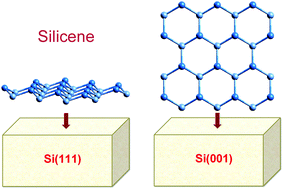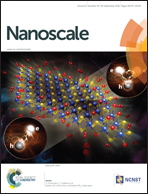Topotactic synthesis of the overlooked multilayer silicene intercalation compound SrSi2
Abstract
Silicene, a 2D honeycomb lattice of Si atoms similar to graphene, is expected to be a platform for nanoelectronics and home to novel quantum phenomena. Unlike graphene, free-standing silicene is notoriously difficult to stabilize, while strong hybridization of silicene with substrates destroys its desirable properties. On the other hand, Dirac cones of silicene are effectively realized in a bulk – stoichiometric ionic multilayer silicene intercalation compound CaSi2. Besides, a number of new 2D silicene-based materials are synthesized employing CaSi2 as a precursor. However, the rather complex atomic structure of CaSi2 and fresh opportunities of physical and chemical breakthroughs drive the search for alternative compounds with silicene networks. Here, a new polymorph of SrSi2 is synthesized, enjoying both the structure of intercalated multilayer silicene and the simplest possible stacking of silicene sheets. The MBE-quality synthesis accomplished on Si(001) and Si(111) surfaces leads to epitaxial films of SrSi2 with orientation controlled by the substrate, as revealed by XRD, RHEED and electron microscopy studies. The structural SrSi2/Si relation is mirrored in the transport properties of the films.


 Please wait while we load your content...
Please wait while we load your content...